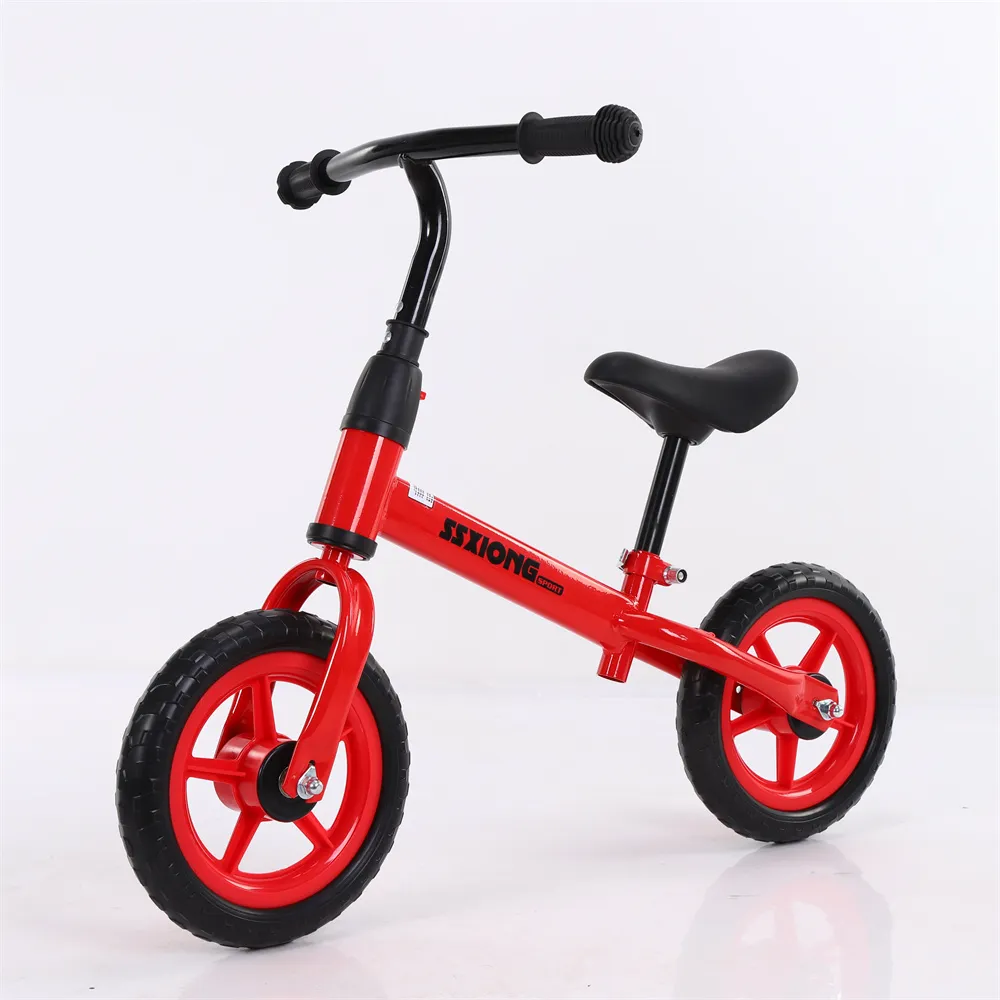Best Balance Bikes for Babies | Safe and Fun Ride
The Benefits of Balance Bikes for Babies
In recent years, balance bikes have gained immense popularity as a first step in a child’s journey to mastering the art of riding. Designed specifically for toddlers and preschoolers, these bikes offer a unique way to develop balance, coordination, and confidence before transitioning to a traditional bicycle. This article explores the various benefits of balance bikes for babies and why they have become an essential item for many families.
Understanding Balance Bikes
A balance bike is a two-wheeled bike that lacks pedals. Instead of pedaling, a child scoots along with their feet on the ground, allowing them to focus on balancing as they move. This design simplifies the learning process, enabling children to understand and master balance before they are introduced to the complexities of pedaling.
Enhancing Motor Skills
One of the primary benefits of balance bikes is the enhancement of motor skills. As babies scoot along using their feet, they develop critical skills such as coordination, spatial awareness, and muscle strength. These foundational motor skills are not only essential for riding a bike but also translate into other physical activities, helping children to become more adept in various sports and recreational activities.
Boosting Confidence
Learning to ride a bike is often a rite of passage for children. Balance bikes provide a low-pressure environment for young riders to build their confidence. Because they can maintain their balance and control their speed, toddlers often experience fewer falls and tumbles compared to traditional bicycles. This success leads to greater self-esteem, encouraging them to take more risks and engage in new activities, which is fundamental for their development.
balance bike for baby

Promoting Independence
Balance bikes empower children to take control of their riding experience. They can choose when to start scooting, how fast to go, and where to steer. This sense of independence is crucial for developing decision-making skills and fosters a sense of pride. As they navigate their surroundings, children learn to assess risks and manage their own safety, valuable lessons that extend beyond the bike.
Easy Transition to Pedal Bikes
Once children have mastered the art of balancing on a balance bike, the shift to a pedal bike becomes much smoother. Most children are able to transition with ease, usually within a matter of weeks, because they have already developed a sense of balance and coordination. This eliminates the frustrating and often challenging phase of teaching a child to ride a traditional bike from scratch.
Health and Outdoor Activity
Encouraging outdoor play is more important than ever in today’s digital age. Balance bikes provide an excellent opportunity for children to engage in physical activity while having fun. Riding a balance bike can improve cardiovascular health, strengthen muscles, and promote a healthy lifestyle. Moreover, spending time outdoors enhances creativity and imagination as children explore their environment.
Conclusion
Balance bikes are more than just a trendy toy; they are a valuable tool that promotes essential skills in young children. From enhancing motor skills and boosting confidence to fostering independence and encouraging outdoor activity, balance bikes provide a holistic approach to early childhood development. As parents seek effective ways to support their children's growth, balance bikes are undoubtedly a worthy investment that can set the stage for a lifetime of adventure on two wheels.
-
kids-scooter-tiny-olympic-games-scooterathlonNewsAug.22,2025
-
kids-scooter-waves-xingtai-zhongzhous-global-rippleNewsAug.22,2025
-
baby-tricycle-oem-legacy-zhongzhou-forgedNewsAug.22,2025
-
xingtais-twin-tricycle-revolution-siblings-ride-togetherNewsAug.22,2025
-
baby-tricycle-design-inspired-by-ancient-armorNewsAug.22,2025
-
nfc-chip-enabled-oem-baby-tricycle-trackingNewsAug.22,2025
-
The Perfect Baby TricycleNewsAug.11,2025








